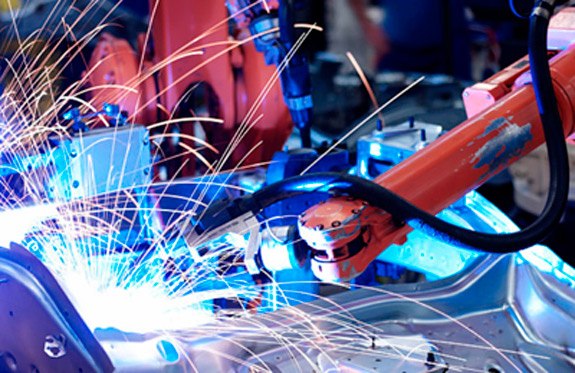The engine intake duct is the passage for air to enter and exit the air filter. The intake pipe is the manifold that connects the air filter to the carburetor, and the intake manifold is the pipe that connects to the cylinder's intake valve at its bottom end and the carburetor at its upper end.
The intake pipe refers to the pipeline that air enters through the intake port and passes through the air filter before entering each cylinder. It is the primary intake pipeline for the engine and the overall intake pipeline. The intake pipe can be divided into a vertical intake duct and a swirl intake duct. The vertical intake duct has a low intake resistance, which is beneficial for resonance formation at high speed and increases the intake efficiency, making it suitable for engines that emphasize high-speed performance. The swirl intake duct can aid in generating a vortex during intake, enhancing the mixing of air and gasoline, and improving the combustion efficiency in the cylinder at low speed, making it suitable for engines that emphasize low-speed performance.
The purpose of the engine intake hose is to transport air to the car engine's interior, where it mixes with fuel and burns. The intake hose is located between the throttle body and the engine's intake valve and is the intake pipeline between the carburetor or throttle body and the cylinder head's intake duct.
The function of the engine intake hose is to transport air to the car engine's interior, where it mixes with fuel and burns. The intake hose is located between the throttle body and the engine's intake valve and is the intake pipeline between the carburetor or throttle body and the cylinder head's intake duct.
Problems with the intake hose can cause vehicle shaking, reduced engine power, increased fuel consumption, and the check engine light to illuminate. It is necessary to promptly check or replace the engine intake hose at a repair station. The intake pipe generally lies between the throttle body and the engine's intake valve. The intake manifold distributes air to each cylinder to support combustion, and the gas is atomized by the carburetor and enters the cylinders with the air.
The engine intake duct is the passage for air to enter and exit the air filter, and the intake pipe produced by the auto engine parts factory is the manifold that connects the air filter to the carburetor. The intake manifold connects to the carburetor at its upper end and to the cylinder's intake valve at its bottom end.
The intake pipe includes the main intake pipe and the intake branch pipe. In addition to requiring power, the engine must also have good economy and emission performance. In gasoline engines, the intake pipe must also consider atomization, evaporation, distribution, and the utilization of pressure waves during combustion. In diesel engines, the airflow must form an intake vortex in the cylinder through the intake duct to improve the formation and combustion of the mixture.
